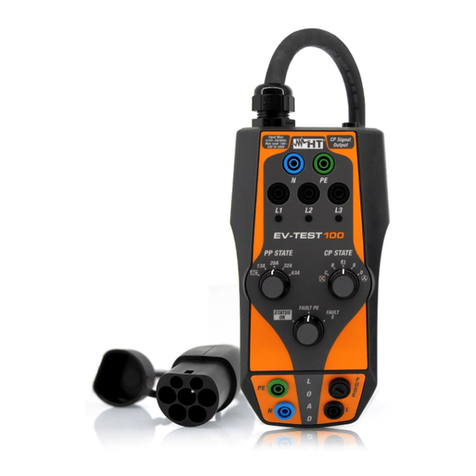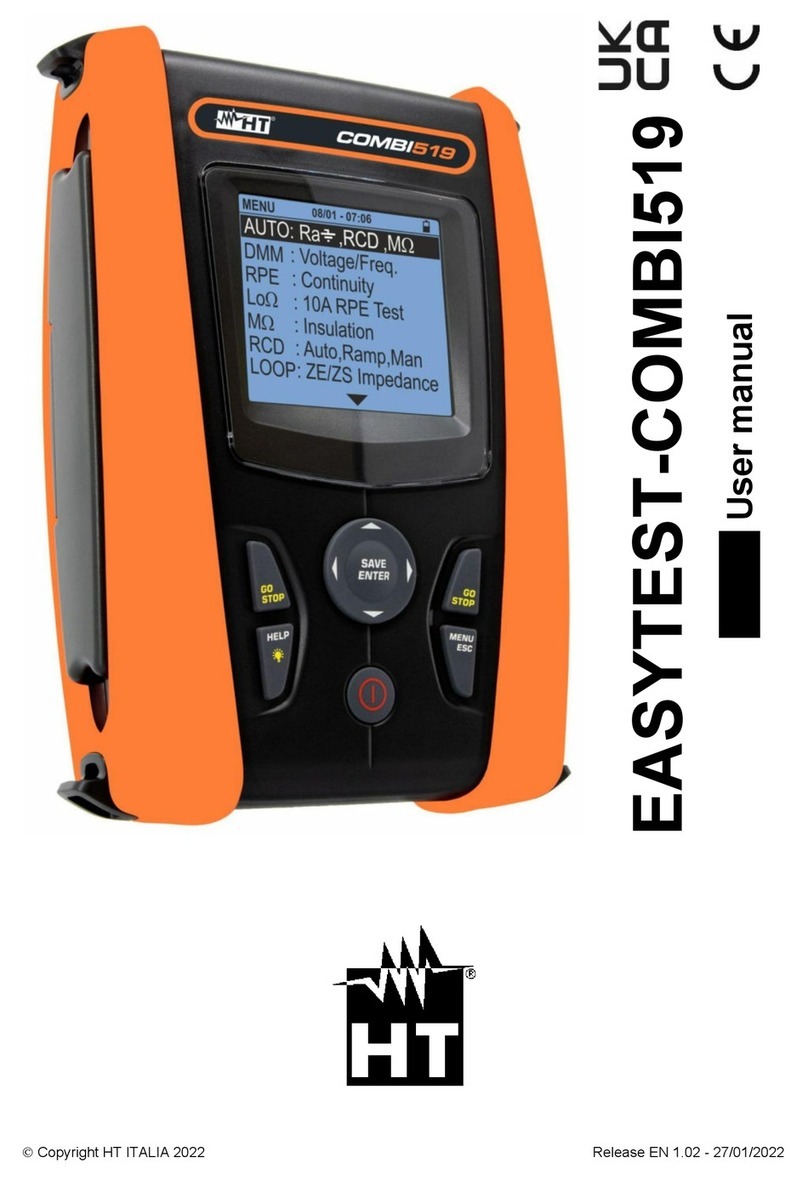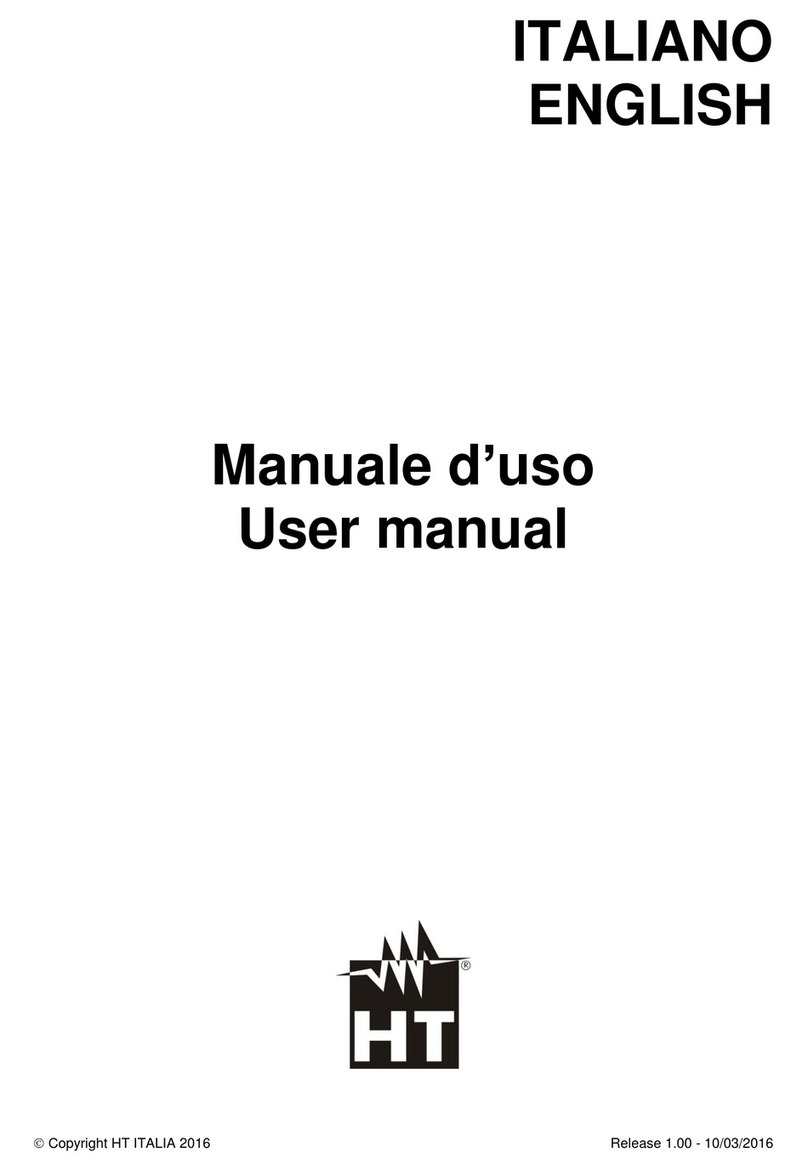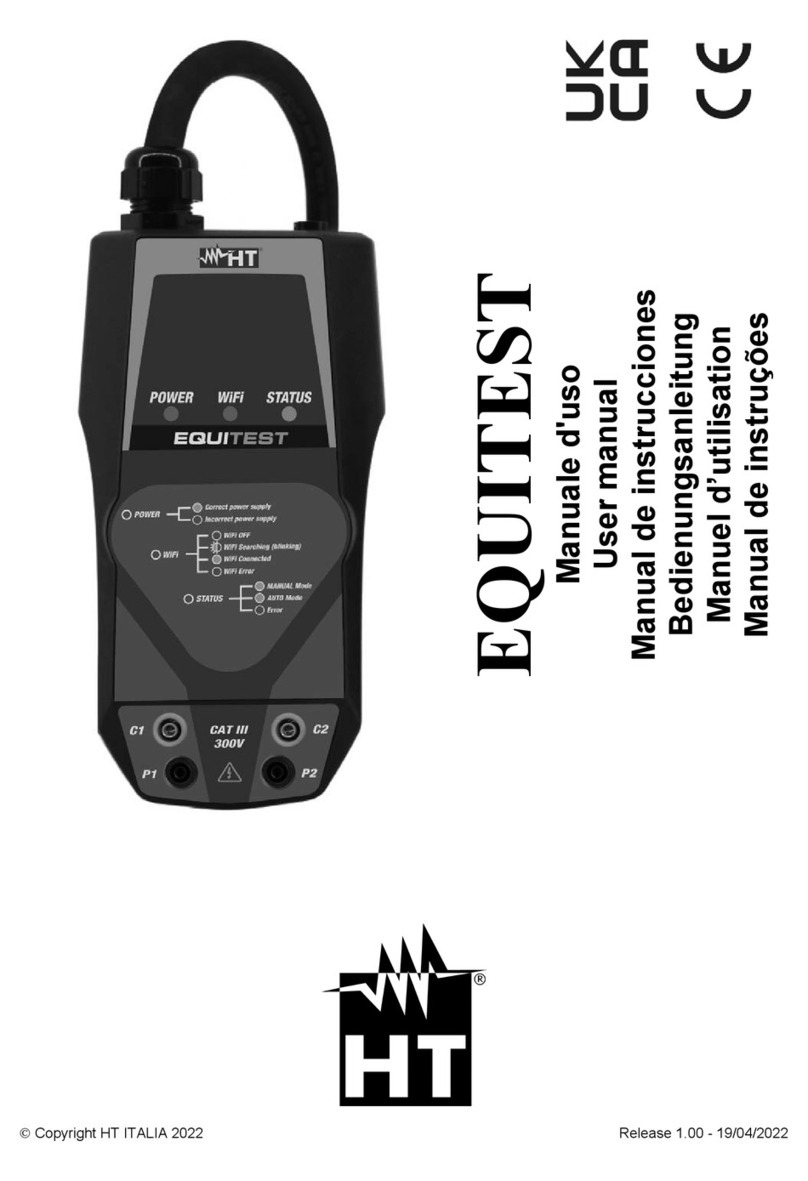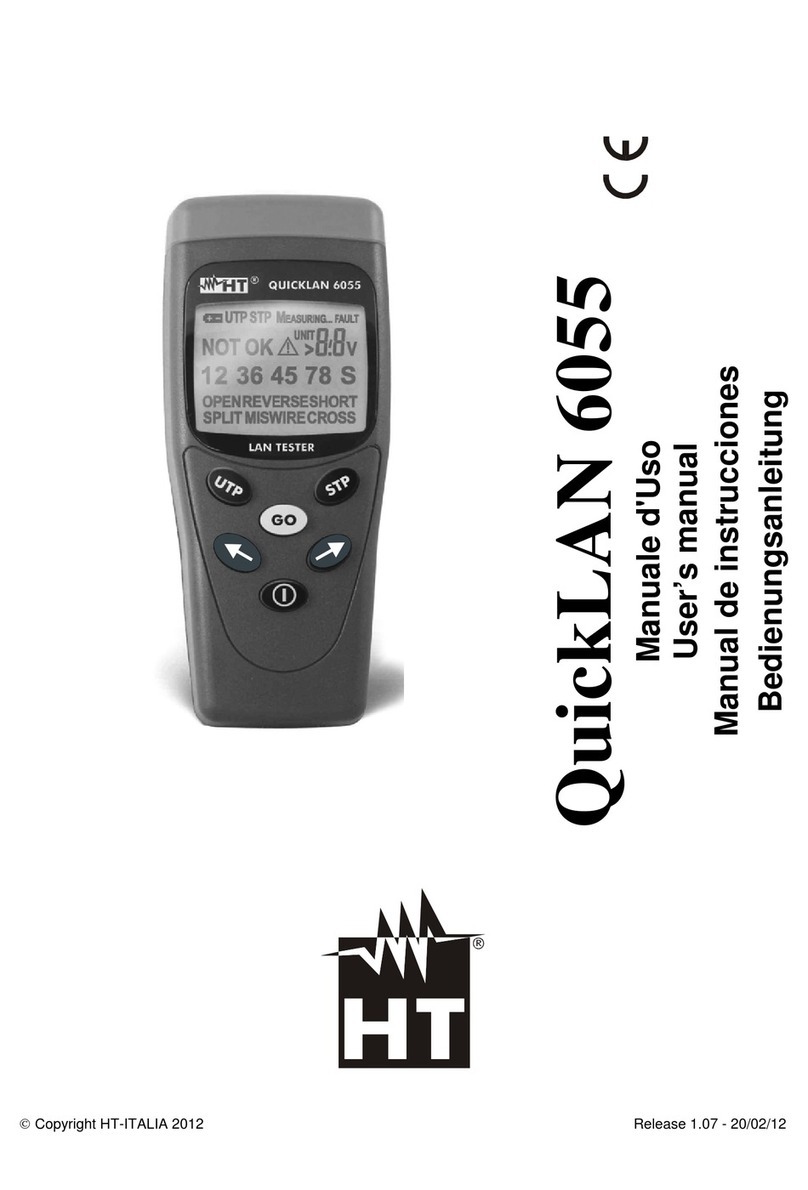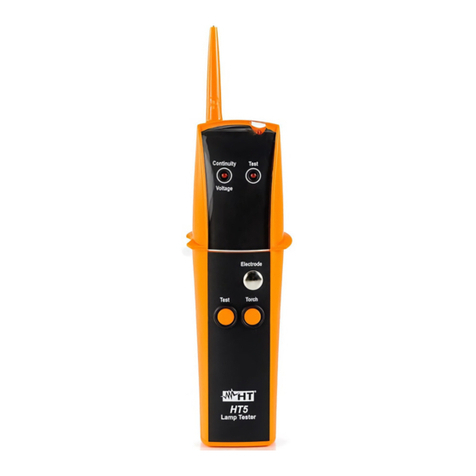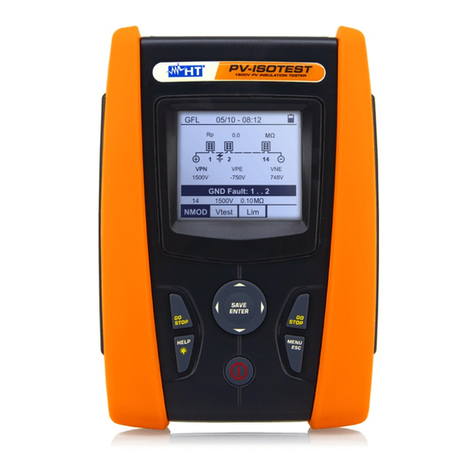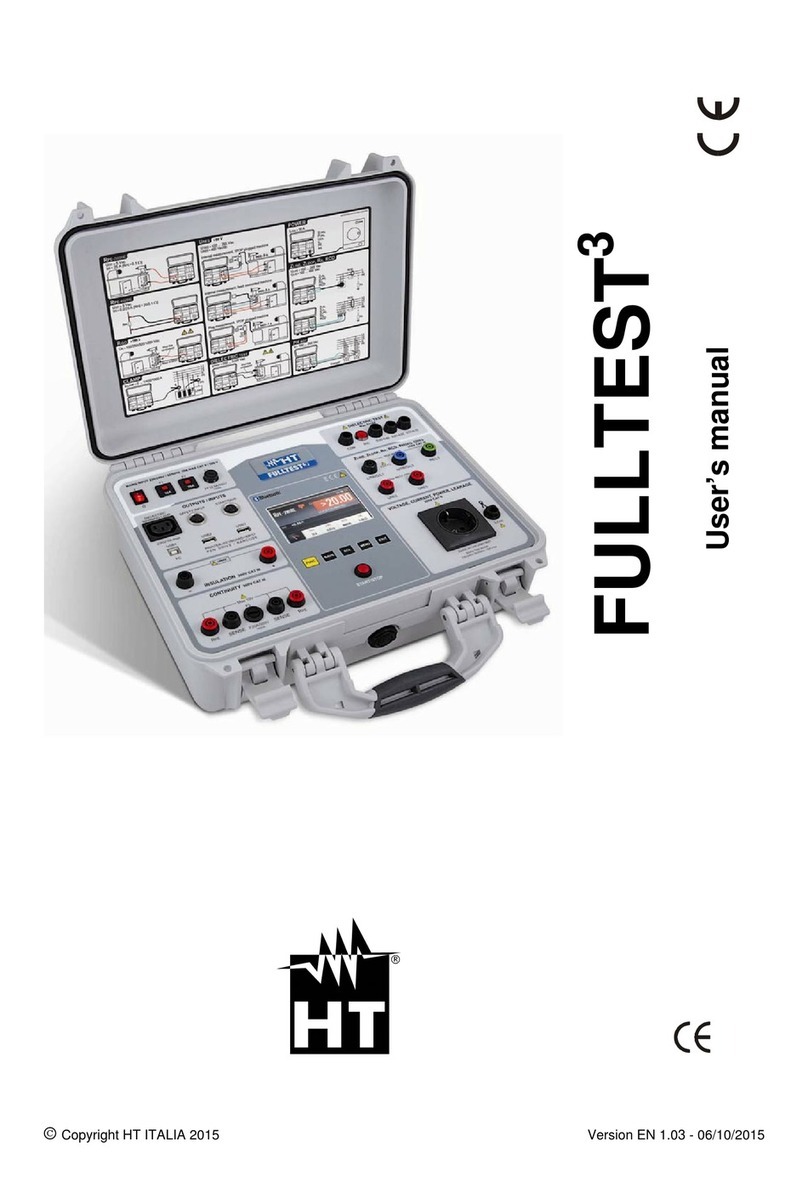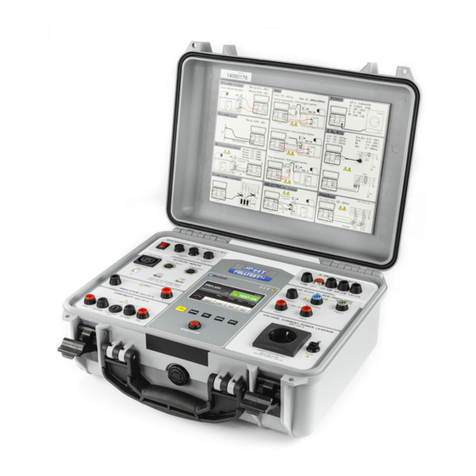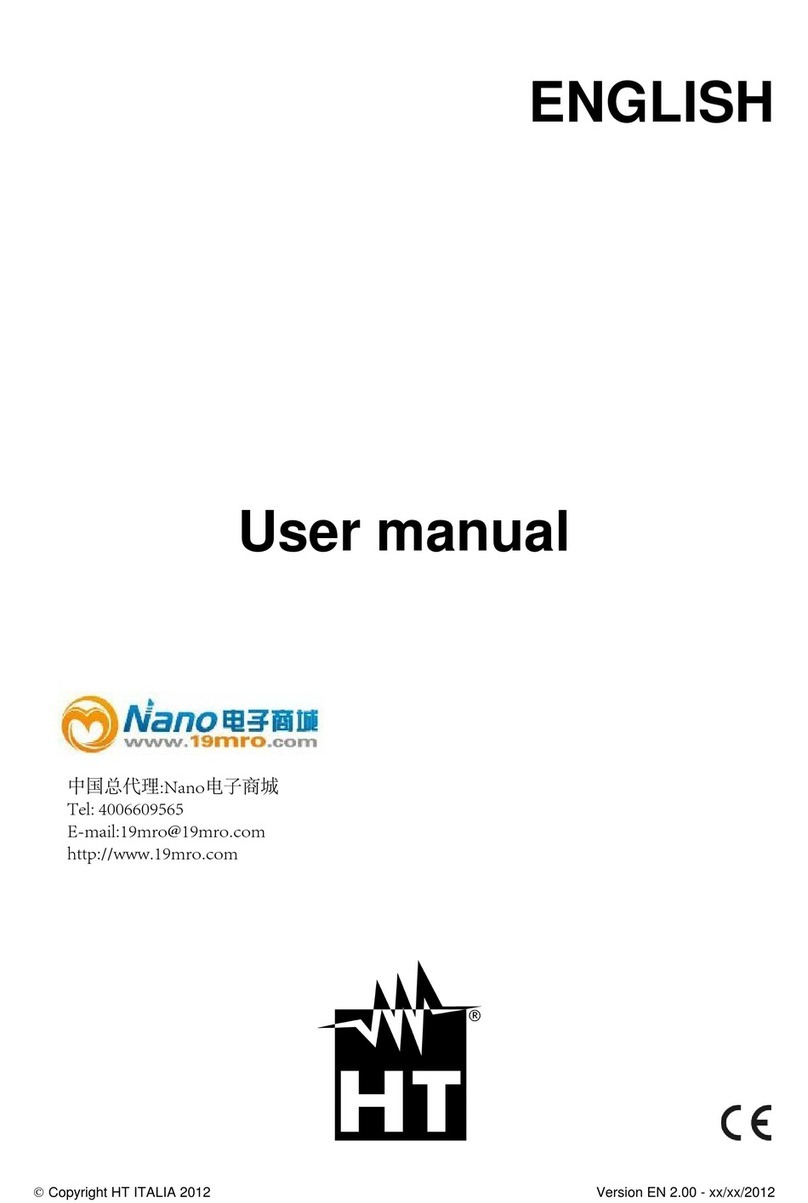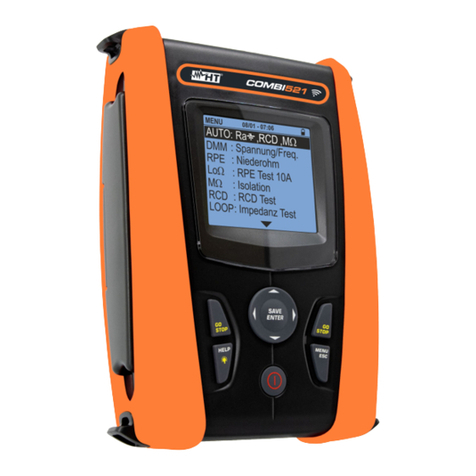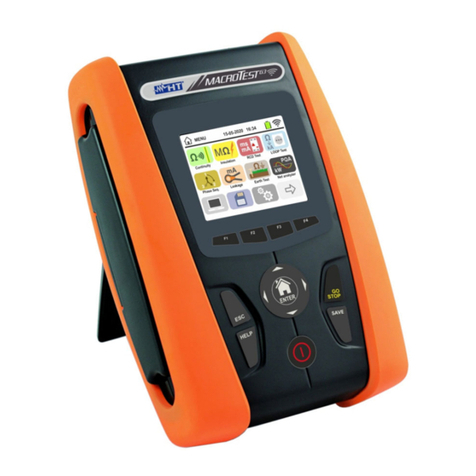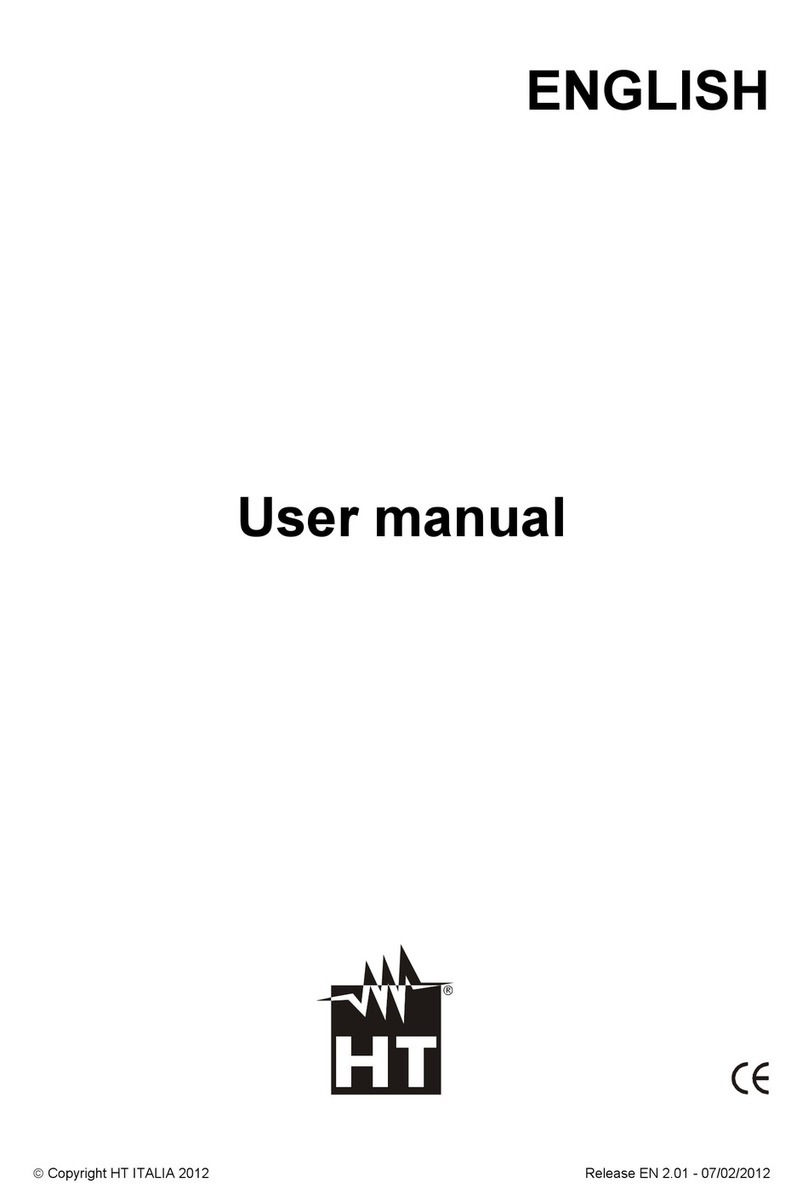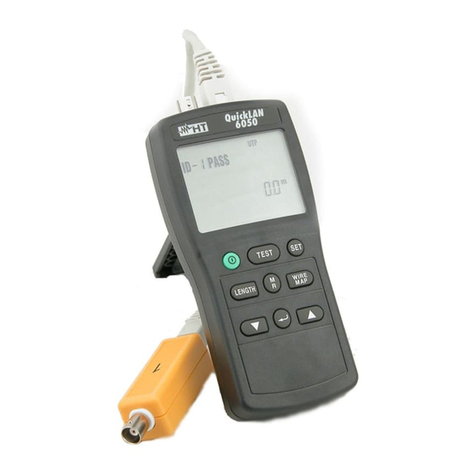
Table of contents:
1. PRECAUTIONS AND SAFETY MEASURES............................................................................3
1.1. PRELIMINARY INSTRUCTIONS........................................................................................3
1.2. DURING USE .....................................................................................................................4
1.3. AFTER USE........................................................................................................................4
1.4. DEFINITION OF MEASUREMENT (OVERVOLTAGE) CATEGORY..................................4
2. GENERAL DESCRIPTION........................................................................................................5
2.1. INTRODUCTION ................................................................................................................5
2.2. INSTRUMENT FUNCTIONS...............................................................................................5
3. PREPARATION FOR USE........................................................................................................6
3.1. INITIAL CHECKS................................................................................................................6
3.2. INSTRUMENT POWER SUPPLY.......................................................................................6
3.3. CALIBRATION....................................................................................................................6
3.4. STORAGE ..........................................................................................................................6
4. NOMENCLATURE ....................................................................................................................7
4.1. INSTRUMENT DESCRIPTION...........................................................................................7
4.2. KEYBOARD DESCRIPTION...............................................................................................8
4.3. DISPLAY DESCRIPTION ...................................................................................................8
4.4. INITIAL SCREEN................................................................................................................8
5. GENERAL MENU......................................................................................................................9
5.1. SET –INSTRUMENT SETTINGS.......................................................................................9
5.1.1. General.........................................................................................................................9
5.1.2. Measuring unit............................................................................................................10
5.1.3. Date and time.............................................................................................................10
5.1.4. Remote unit/Pyranometer...........................................................................................10
5.1.5. Irradiance ...................................................................................................................11
5.1.6. DC Clamp...................................................................................................................11
5.2. EFF –EFFICIENCY TEST SETTINGS FOR PV INSTALLATIONS..................................12
5.2.1. Instrument settings.....................................................................................................12
5.2.2. System parameters ....................................................................................................13
5.2.3. Selection of the compensation relationship of temperature effects ............................14
5.3. LOWΩ–SETTINGS FOR CONTINUITY TEST WITH 200MA .........................................15
5.3.1. Instrument settings.....................................................................................................15
5.4. MΩ – SETTINGS FOR INSULATION MEASUREMENT...................................................15
5.4.1. Instrument settings.....................................................................................................15
5.5. IVCK –SETTINGS FOR IVCK QUICK TEST ...................................................................16
5.5.1. Instrument settings.....................................................................................................16
5.6. DB –DATABASE MODULE MANAGEMENT...................................................................18
5.6.1. How to define a new PV module.................................................................................19
5.6.2. How to modify an existing PV module........................................................................20
5.6.3. How to delete an existing PV module.........................................................................20
6. OPERATING INSTRUCTIONS................................................................................................21
6.1. MEASURING EFFICIENCY PV PLANTS BY USING REMOTE UNIT SOLAR-02 ...........21
6.2. MEASURING PARAMETERS ON PV PLANT WITHOUT USING SOLAR-02..................24












